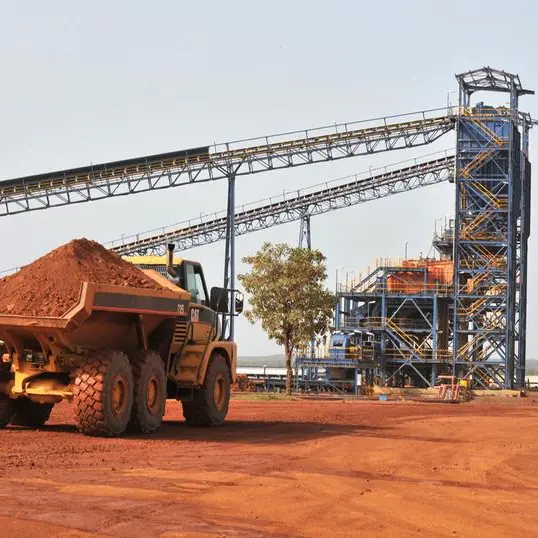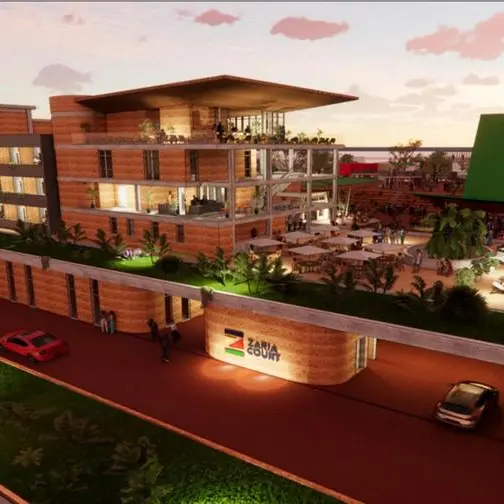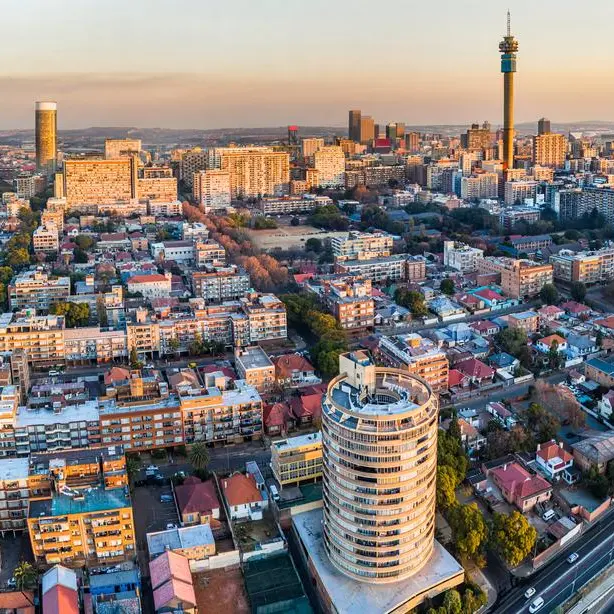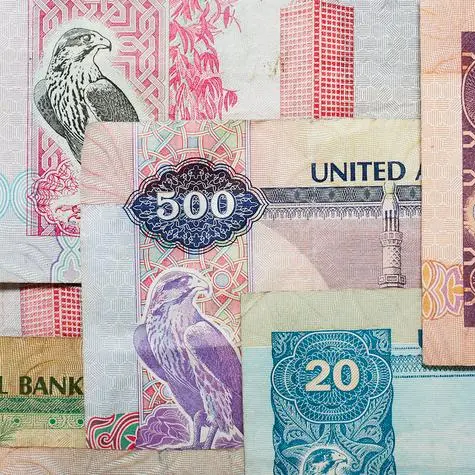PHOTO
Standard Bank says a third of its customers looking to buy a car have opted to include the maximum balloon payment in the past 12 months as South Africans continue to struggle with affordability as a result of high interest rates.
“Given the current cost of living crisis, and the 15-year high interest rates in South Africa, consumers are looking for more ways to stretch their budgets.
“High fuel costs have added to consumer strain by pushing up vehicle ownership costs significantly in the past three years,” says the head of Standard Bank VAF enablement, Glenn Stead.
Overall, new vehicle purchases including a balloon payment have increased by 41% in the past five years, the bank’s data shows.
Balloon payments can make monthly repayment more affordable, which appeals to people who rely on private transport to get to work or school.
A balloon payment works like a deferred debt that consumers can opt to move to the end of their contract. Monthly instalments are then calculated based on the principal debt minus the deferred debt portion.
However, Stead says Standard Bank VAF has observed that some consumers don’t fully understand how this type of deal will affect them down the line.
There’s a large sum to pay when it’s due
The consumer will know at the beginning of your contract how much they will need to pay after their last instalment. When the time comes, they can pay off the balloon in cash or enter into a new agreement to re-spread the payment.
This usually requires one to apply a month or two before their last repayment.
Because re-spreading qualifies as a new agreement, consumers can spend an extra 12, 24, or 36 months paying off the balloon amount.
They can only take ownership and get your original eNATIS documents once the full balloon amount is settled.
“That’s why you need to think ahead when choosing to take a balloon payment. However, re-spreading can have its benefits.
“Consumers can choose to keep their repayments slightly lower than their current instalments,” says Stead.
A balloon can be paid off or settled with a trade-in
Consumers can make additional non-contractual payments towards their VAF accounts, but they must explicitly request that these payments must be used to offset the balloon amount.
Otherwise, the additional amounts would be directed towards the principal debt and have no impact on the balloon payment.
Another option chosen by 96.5% of Standard Bank VAF customers who had a balloon is to trade in their vehicles prior to the balloon maturing, as part of their replacement cycle.
“When this happens, the balloon is settled as part of the trade-in process, thus only 3.5% of our customers have had balloon that required settling or re-spreading,” says Glenn.
Why a balloon cost more in the longer term?
The total amount the consumer will pay at the end of their financing term will be higher with a balloon payment. For instance, when a consumer buys a R200,000 vehicle at 10% interest rate and opts for a 20% balloon will pay R10,000 more after six years.
This is because while the consumer pays interest on the principal debt, there are no payments made towards the balloon amount. Interest is charged from day one on the balloon amount too.
“If you don’t want higher interest to accumulate on your balloon portion, you can make additional ad-hoc payments and ask your lender to allocate those towards the balloon,” adds Stead.
Each person’s risk profile determines their balloon percentage
Balloon payments are expressed as a percentage of the vehicle’s total purchase price, excluding additional warranty or service plan costs.
Most banks allow up to a maximum of 40%. Not everyone will qualify for the 40% maximum because the qualification criteria consider the consumer’s overall risk, which is influenced by factors like age and make and value of the vehicle in relation to the loan amount given.
Based on the factors a bank can approve or decline a balloon payment application.
“In Standard Bank’s VAF’s case, the only time we can approve a balloon payment over 40% is when the initial financing period is short – 24 months or lower.
“We also look at the customer’s affordability score and the car being financed. Where the car depreciates far slower than the typical vehicle that we finance, we may approve a balloon payment over 40%” adds Stead.
All rights reserved. © 2022. Bizcommunity.com Provided by SyndiGate Media Inc. (Syndigate.info).























